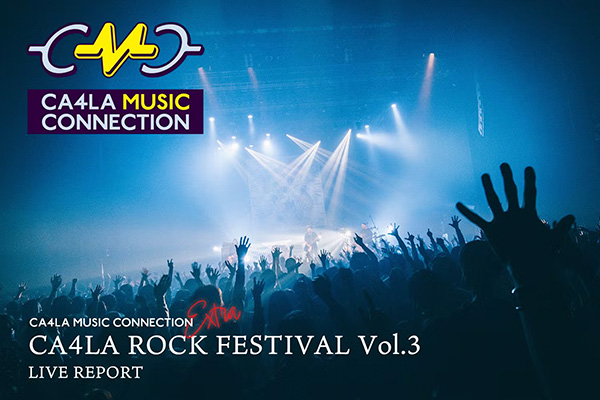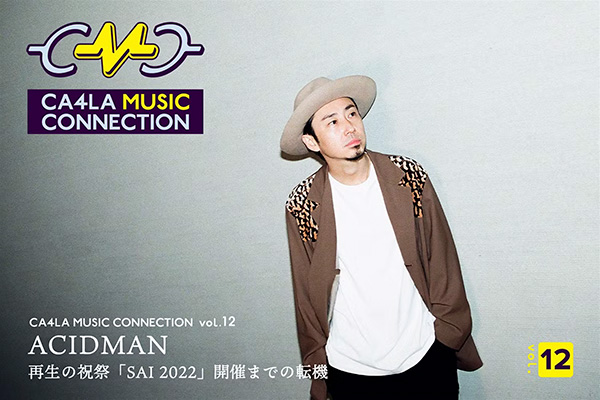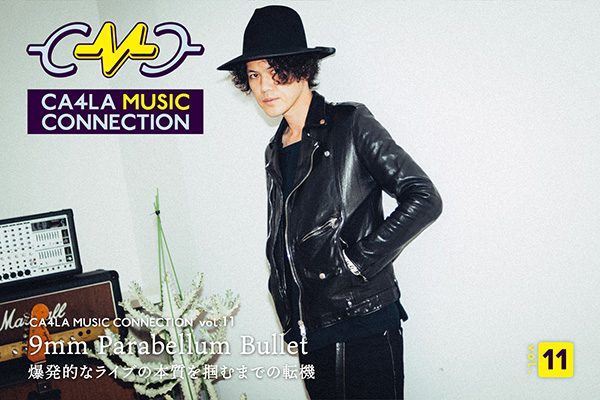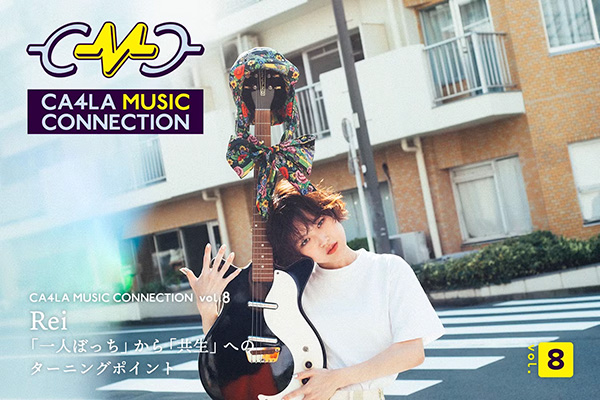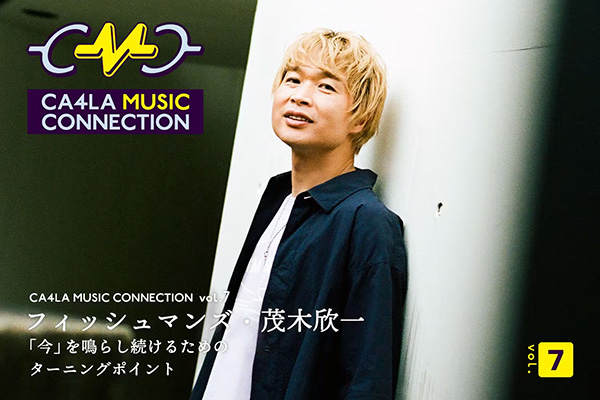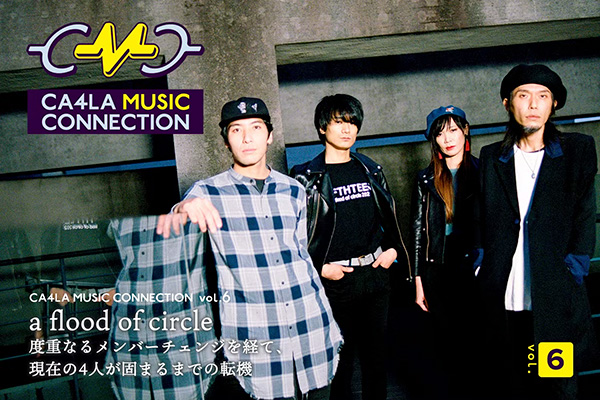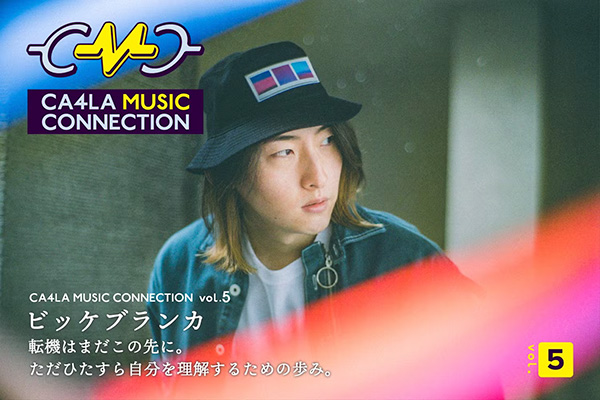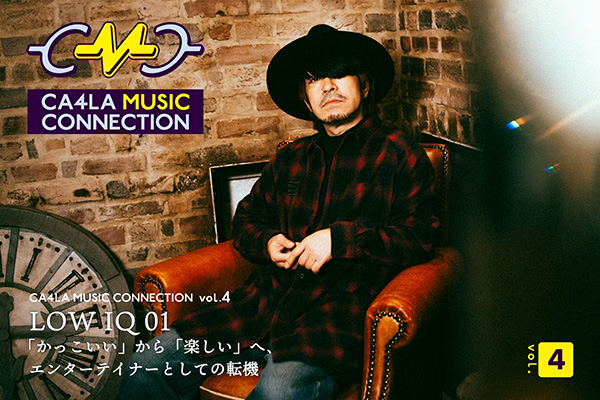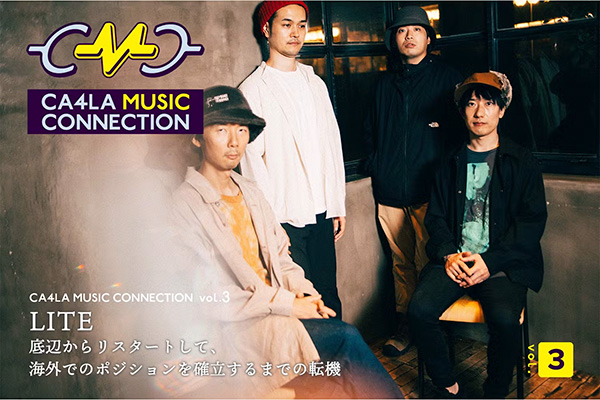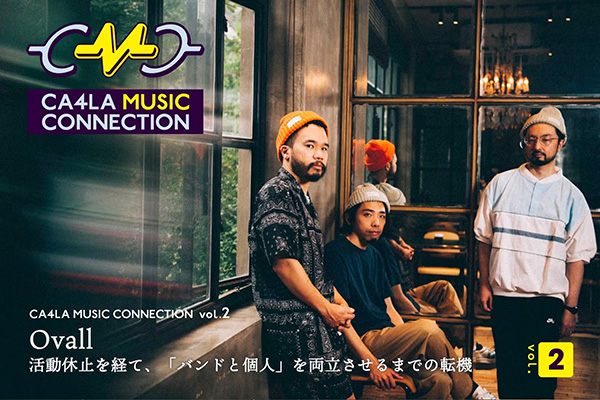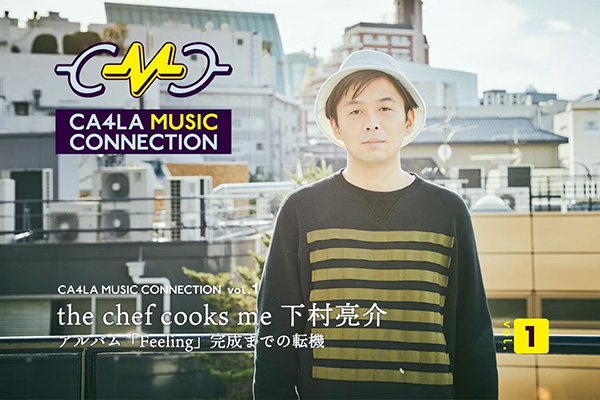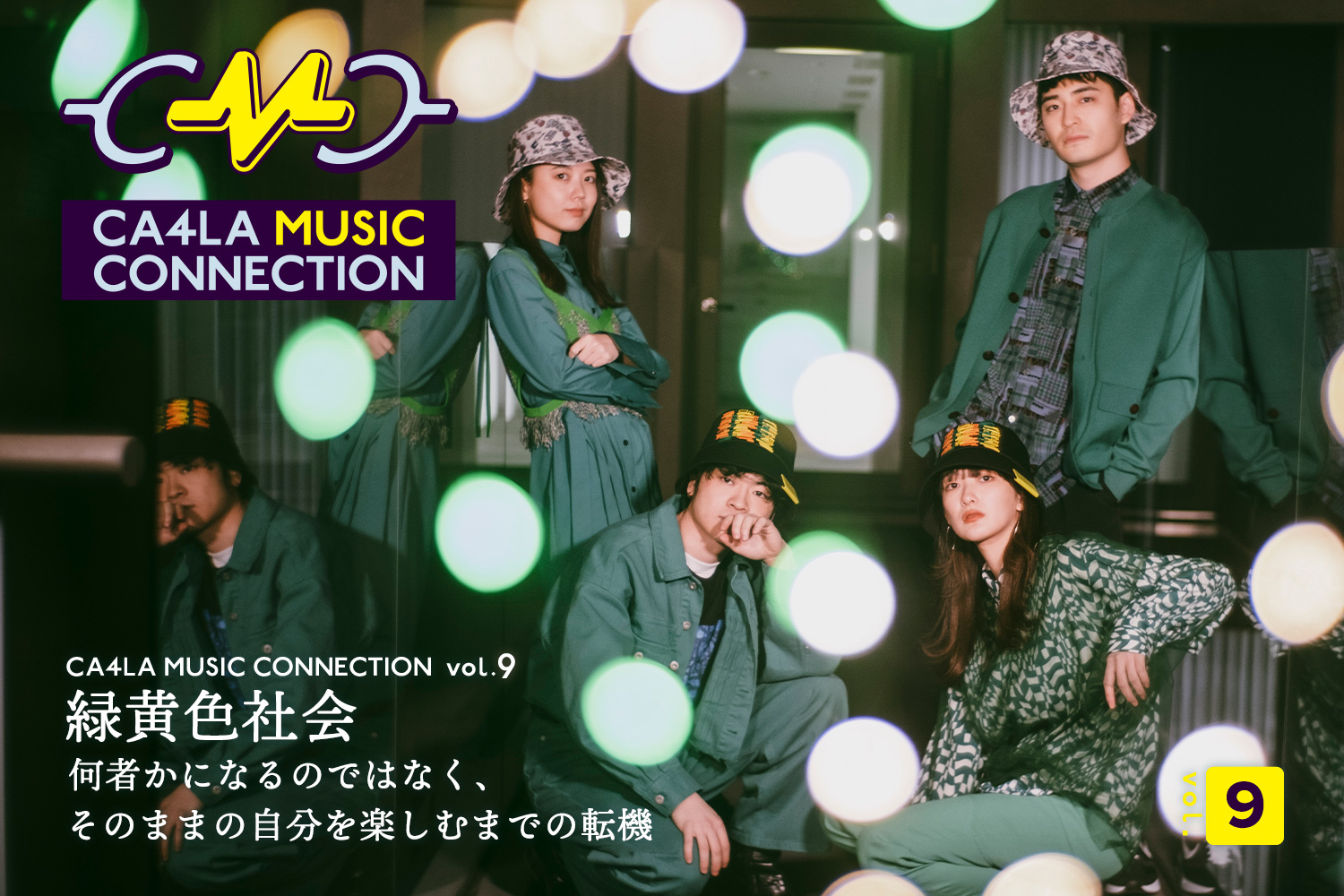
CA4LA MUSIC CONNECTION vol.9
Green and Yellow Society
A turning point from becoming someone to enjoying myself as I am
For artists, there is always a turning point in the process of creating a work or in the source of their current activities.
"CA4LA MUSIC CONNECTION" is a serial project where we interview artists about turning points in their careers. The ninth artist to appear is Ryokuoushoku Shakai.
Ryokushaka is from Aichi Prefecture and was formed in 2012 by high school classmates and childhood friends. The following year, they won the runner-up prize at the teen-only rock festival Senkou Riot, which prompted them to get serious about their activities. Their 2020 album SINGALONG included the song "Mela!", which was a theme song for the Dance One Project broadcast on Nippon Television's Sukkiri, and became their signature song, with over 100 million streams. Although their activities seem to be on the rise, they have also experienced a period of stagnation since Senkou Riot, and vocalist Haruko Nagaya said that there was a time when she was worried that "I don't have anything to say." However, they overcame that period and their latest album Actor sends out a powerful message that "it's fine that way" and "it's fine the way it is." We spoke to the four members about the band's journey so far and the bucket hat they COLLABORATION with CA4LA.
Text by Atsutake Kaneko
Photo by Yuri Suzuki
Interview: Ryokuoushoku Shakai
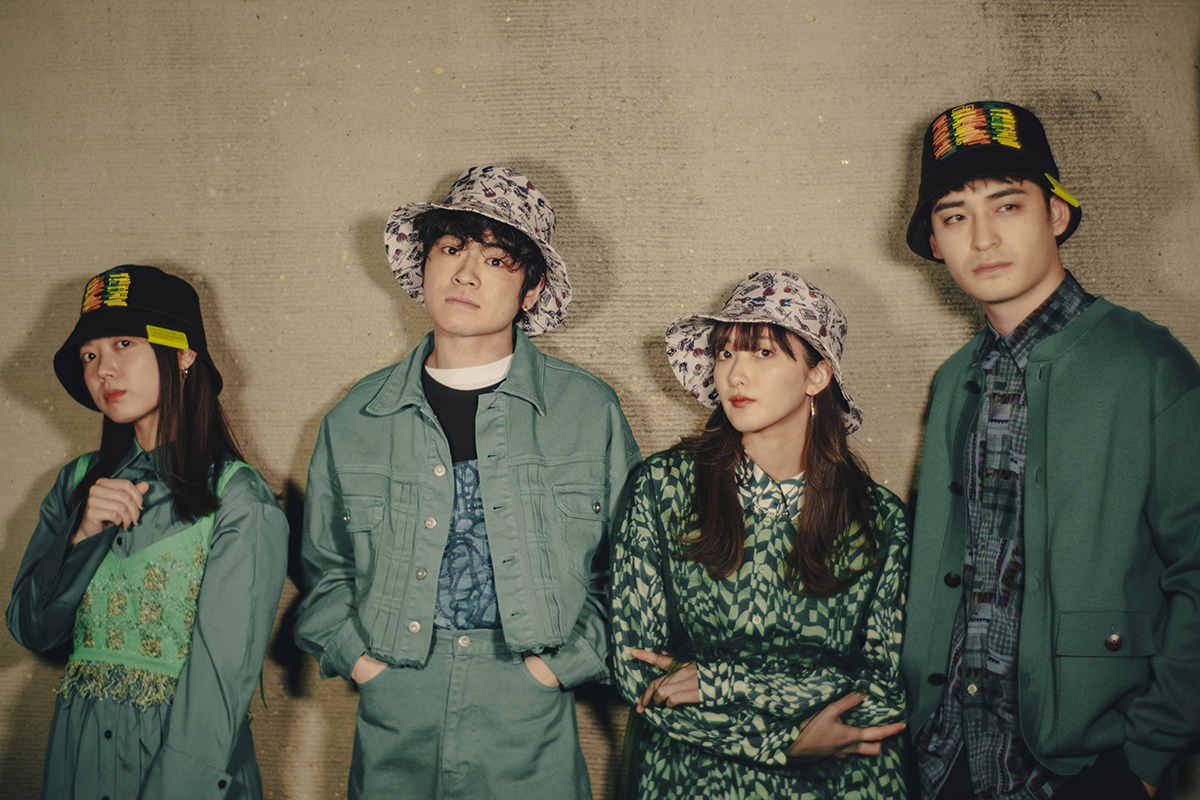
"Rather than wanting to be understood or wanting to express myself, I feel like I want to make tools for everyone to play with. I think that's what I'm best suited to." (Anami)
Anami: Rather than wanting to be understood or wanting to express myself, I felt like I wanted to make something for everyone to play with, and I think that's what I'm best suited to. When I was making songs, I used to think, "I have to deliver something of myself," but I realized that I could just relax and do what I find fun, so it was a turning point for me.
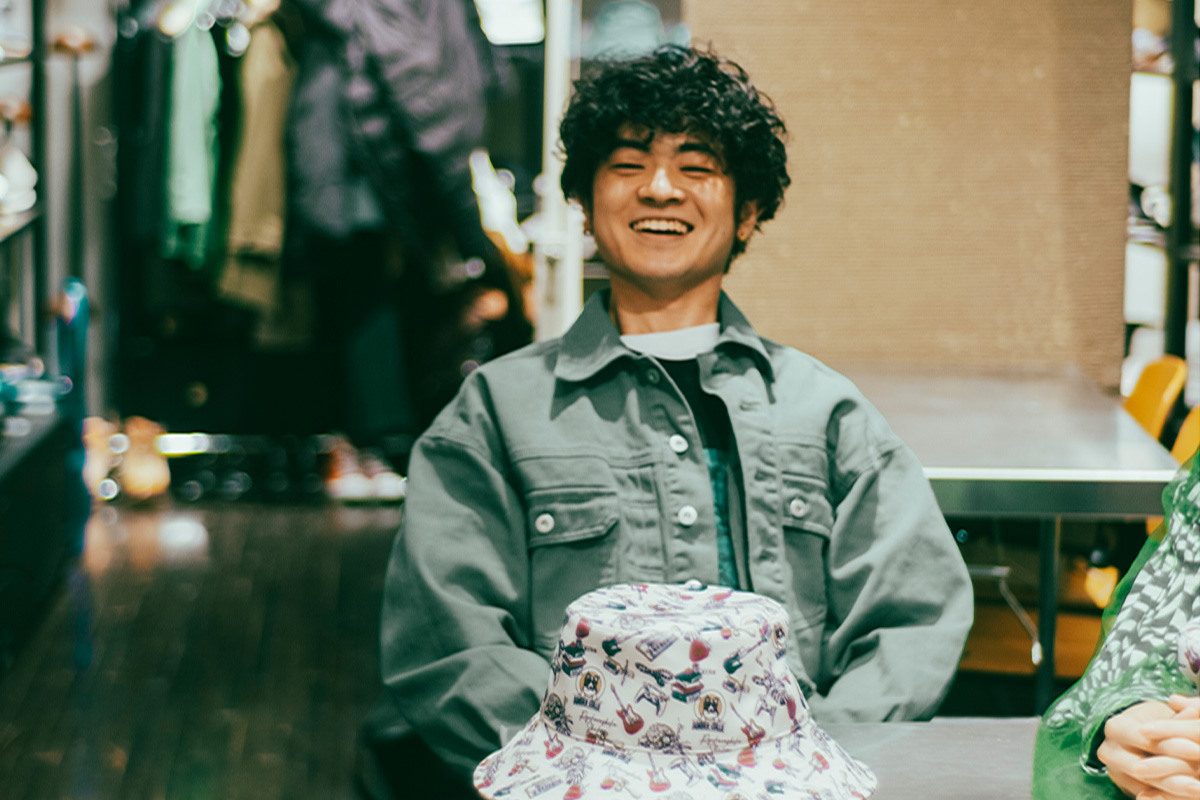
Anami: I agree. I think what you just said is definitely connected to "Mela!"
Haruko Nagaya (hereafter, Nagaya): I have the impression that our activities started to change after the song "Mata ne" that was included in our first album. Up until that point, we often wrote songs together, but from that time on, we started writing songs separately. Up until that point, I thought that songs with a broad worldview that everyone could listen to were good, but "Mata ne" was a rather narrow-minded song that only I could understand. But in the end, the song reached a lot of people, and I thought, "This kind of song is fine," and from then on, I started to look more into myself when writing songs.
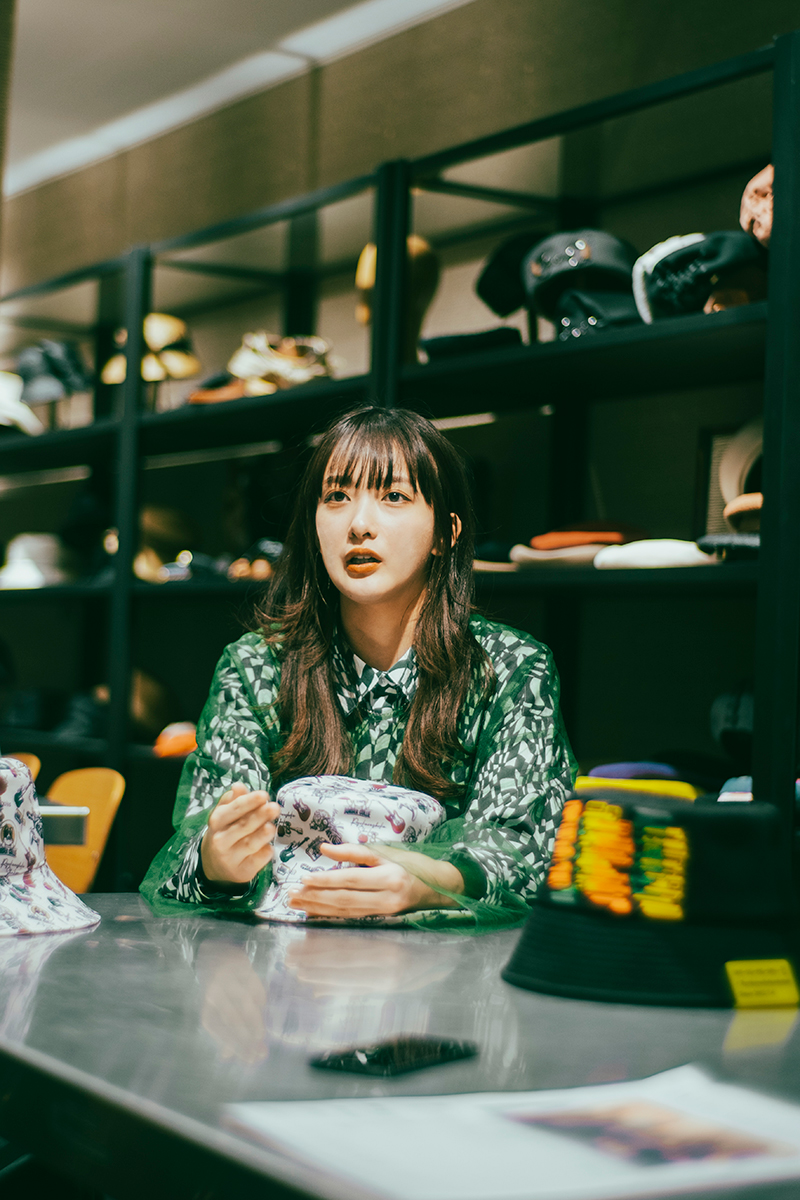
Nagaya: I started out wanting to sing, and I didn't start my music career with the goal of "wanting to convey something," so I had a lot of trouble writing songs. "What do I want to sing about?" So I deliberately used expressions that were hard to understand, and there were parts where I seemed to be running away, but I thought that by writing honestly about something that was unique to me, I would be able to capture people's hearts. I found that songs like that were easier to write, and I didn't force myself, and I started to get more comments saying that my songs sounded like me, so I think that's when I started to establish my own identity in songwriting.
"We had a brief flurry of success at Senkou Riot 2013, but then we went into a period of stagnation." (Kobayashi)
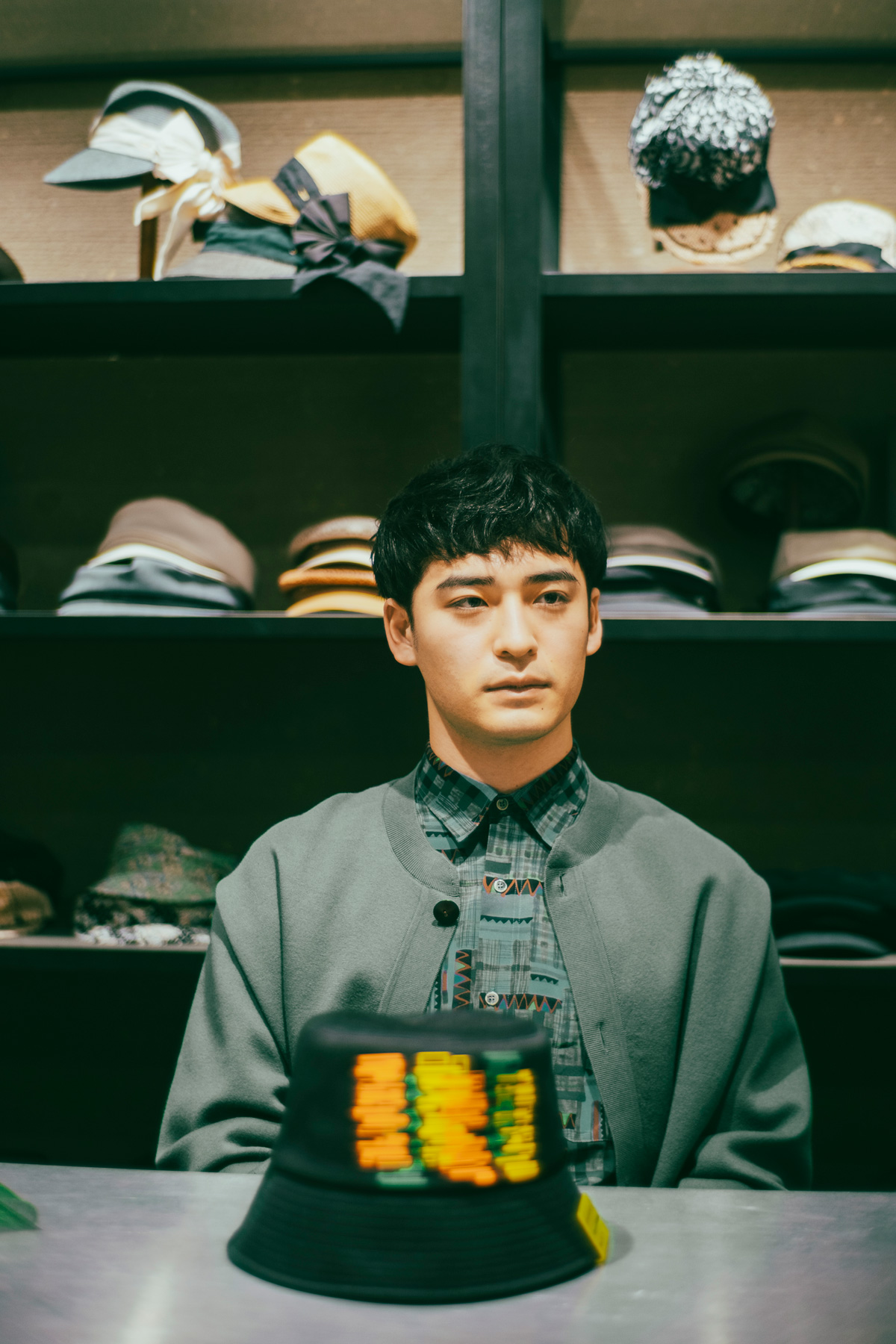
Kobayashi Issei (hereinafter, Kobayashi) I think the first turning point was when we participated in Senkou Riot 2013 when we were in the third year of high school. We won the runner-up prize out of over 10,000 applicants, and it was a big turning point for us as it gave us the opportunity to make music in our current environment. However, we entered a period of stagnation from that point on. That's because we achieved our goal at Senkou Riot 2013. Originally, a senior from our high school who was two years older than us participated in Senkou Riot 2011, and seeing that, our goal became to participate in Senkou Riot as well, and we were able to win the runner-up prize there, so we burned out once. From then on, we didn't know what to do.
peppe: I'm going to talk about my personal turning points, but I think turning points are when something unexpected happens in life. So, the first turning point was meeting the members and being invited to join the band. I used to play the piano, but I didn't know anything about bands, so it was the moment when I went from zero to one. The other was when I started writing songs. I never thought I would write songs, and I didn't have any desire to deliver them to the public. But there was a time when I started writing songs, and I continued writing from there, which led to "Mela!"...I never expected that at all.
"First of all, these four people need to share the same awareness, otherwise it won't be conveyed to others." (Peppe)
Anami: Instead of thinking about what kind of songs I want to make, I think of myself as a listener and what kind of songs I want to listen to at what time. I write songs while thinking about the people, place, and time. I feel like this awareness has become more pronounced since my major debut. Just as fashion can change your mood, the music you listen to can change your mood, right? I'd like to be someone who supports that.
Nagaya:We started to subtract from the song around the time of our major debut. Before that, we had packed everything we wanted into one song, so it wasn't really clear what was interesting to listen to. From then on, we thought more about the listener, clarified the theme, and tried to create something interesting to listen to. By making the theme of the song easier to understand, it became easier for the four of us to have a common understanding. Before that, there were several themes in one song, and although the person who wrote the song understood it, the members didn't share it with each other, and because we had different ways of understanding it, there was variation in the phrases and tones we put in. But now that the theme is easier to understand, when we're asked, "What kind of song is this?", everyone starts saying the same thing. I think that's why it's become easier to subtract.
Peppe: First of all, these four people need to share the same awareness, otherwise the message won't get through to anyone else.
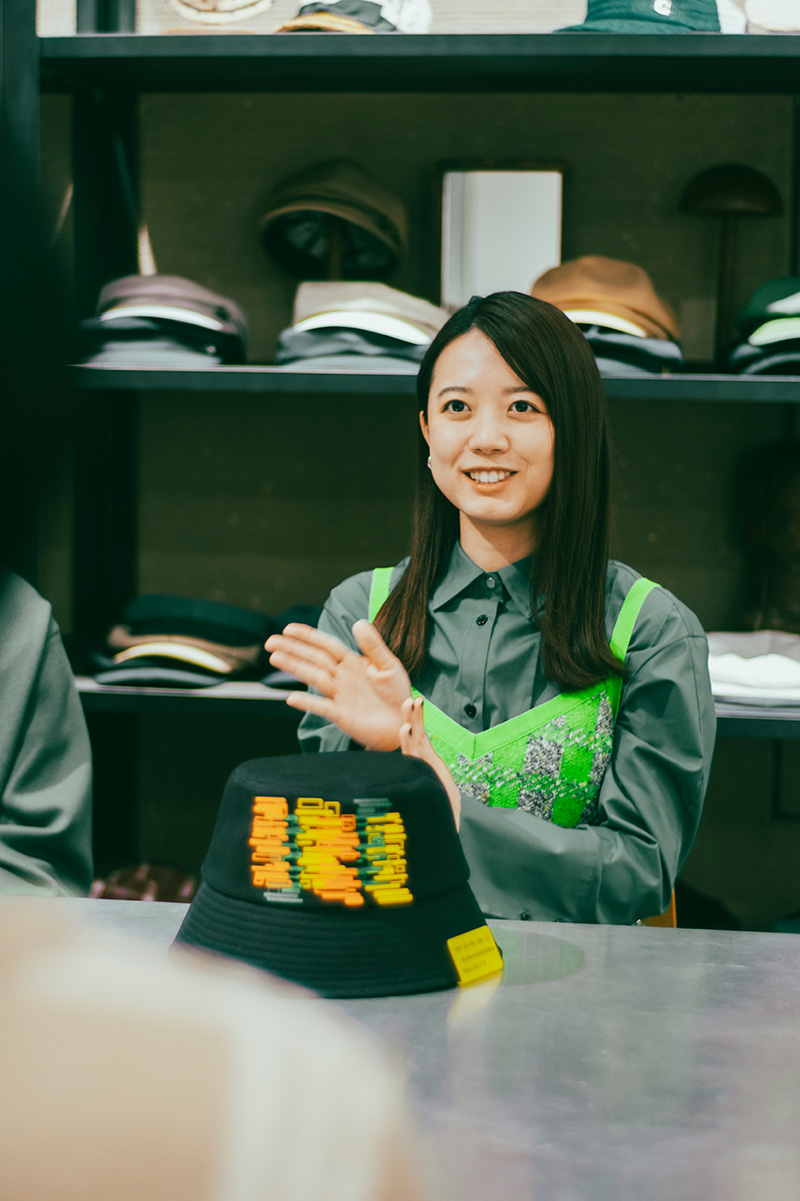
Kobayashi: At the beginning, I didn't have any musical background, but I just had the desire to do something different from other people, and I did something out of the ordinary and mistakenly thought I was making something new. Well, I think that's a great thing in itself, but in the end, if someone with no musical background simply makes a song, it's going to be weird, so I didn't have to go out of my way to make something weird. I think it was a big help to be able to see things from a bird's-eye view like that.
The biggest thing is that I'm no longer stubborn about my anami. That might be the biggest change.
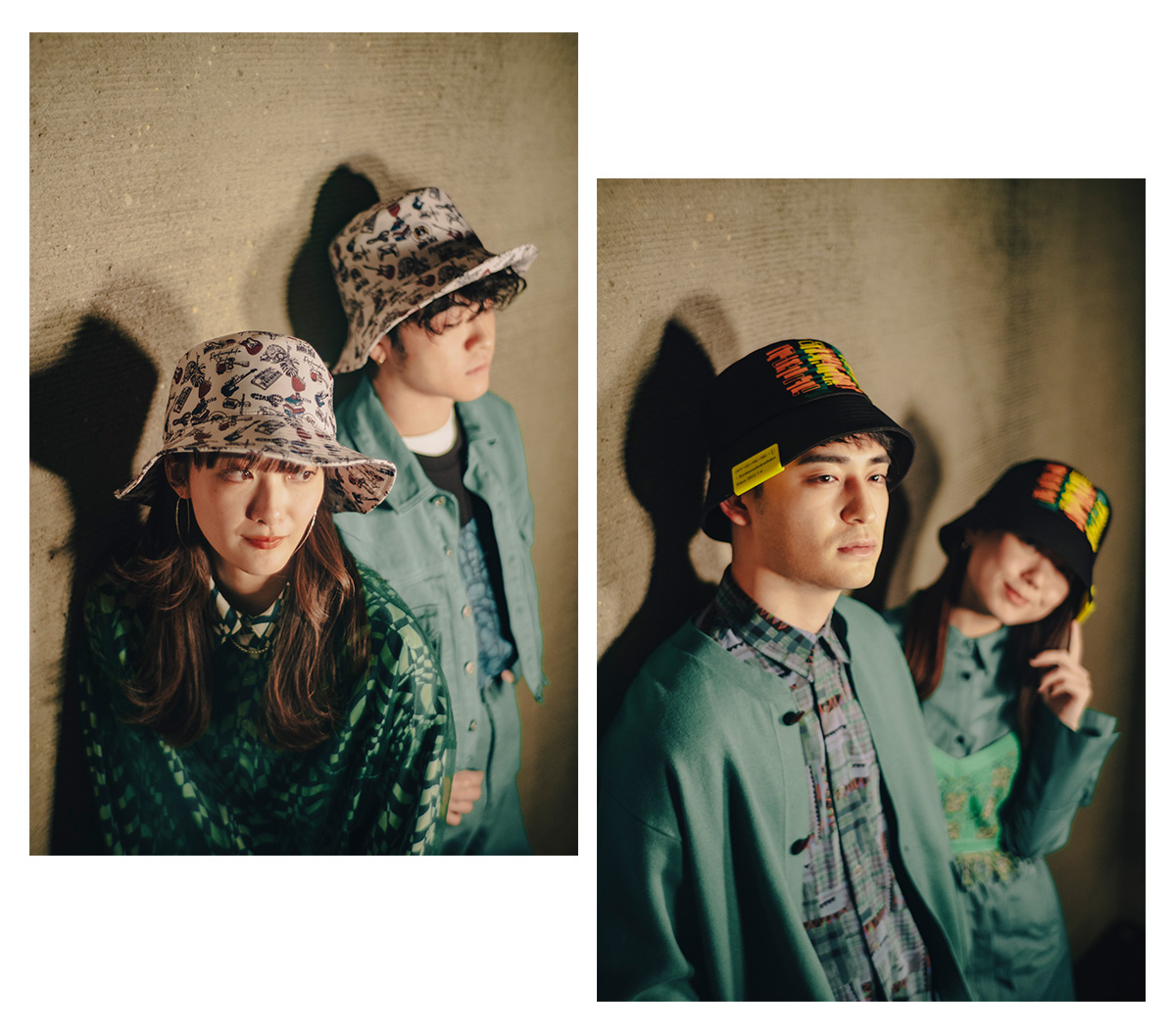
"Originally, the four of us were writing songs together, but then we all went on a trip. We each wrote songs, and through that experience, we came up with "Mela!"" (Nagaya)
Anami: The parts where the circular graphs intersect are darker, right? That's it (laughs).
Nagaya: When the band first started, the four of us would play together in the studio and write songs, but then we all went on a trip once. We each wrote songs, and through that experience, we were able to create "Mela!" That's why, like Shingo just said, the overlapping parts became so strong. So I think we're a band that will continue to go on trips and get back together again.
Kobayashi: When I write lyrics by myself, I don't write plots. When two people were writing lyrics, we had no choice but to divide the work. It's not that I'm good at writing plots, it's just that we divided the roles.
Even in Nagaya, Issei is really good at making up stories in his head, so the lyrics he writes alone are very narrative and have a wide worldview. On the other hand, I'm the type who explores "1", so our strengths are the complete opposite, and from my perspective, Issei is really suited to creating plots.

Peppe: I don't think we write lyrics in the same place, but we compose music at the same time and in the same place.
When Anami makes something by himself, he has to send the finished product as digital data and it takes time for a response to come back, but when two people make it together, the response comes back immediately, and because they exchange it multiple times, it's fast and fun, so it's really great.
Peppe has all sorts of different things, so we really complement each other.
Anami Peppe places importance on feeling, but he has a very sharp sensibility, so it's easiest for me to work with him by expanding on what Peppe wants to do. Peppe makes the face, and I make the whole body.
Ana: Yes, you're right. You can put the puzzle together with just the first piece. But I think Peppe has the intuition to create that first piece.
Peppe: Yes, I finally noticed (laughs).
"Each of us somehow had the mindset of 'I want to be a national figure,' and through 'Mela!' we were able to get a ticket to that place." (Peppe)
Nagaya: When we started making "Mela!", we all just started making it together, and of course we wanted it to be a good song, but we weren't aiming to make it a buzz, it was more like, "Let's try making something together as four people after a long time?" But the song we made that way spread more than we expected, and we were able to reaffirm what we could do as four people, which brought us back to our roots and I think it also led to each of us gaining confidence.
Kobayashi: I think it was a wonderful coincidence, but we've always wanted to be a band that is close to youth, and my alma mater also participated in the "Dance ONE Project," so I was really happy.
Anami: What made me happy about the Dance One Project was that teenagers listened to it. I think music saved me the most, or rather, I was most benefited from it when I was in my teens, so I made a lot of the songs with that generation in mind, and I was really happy about that. I think the songs you listen to in your teens will be important to you for the rest of your life.
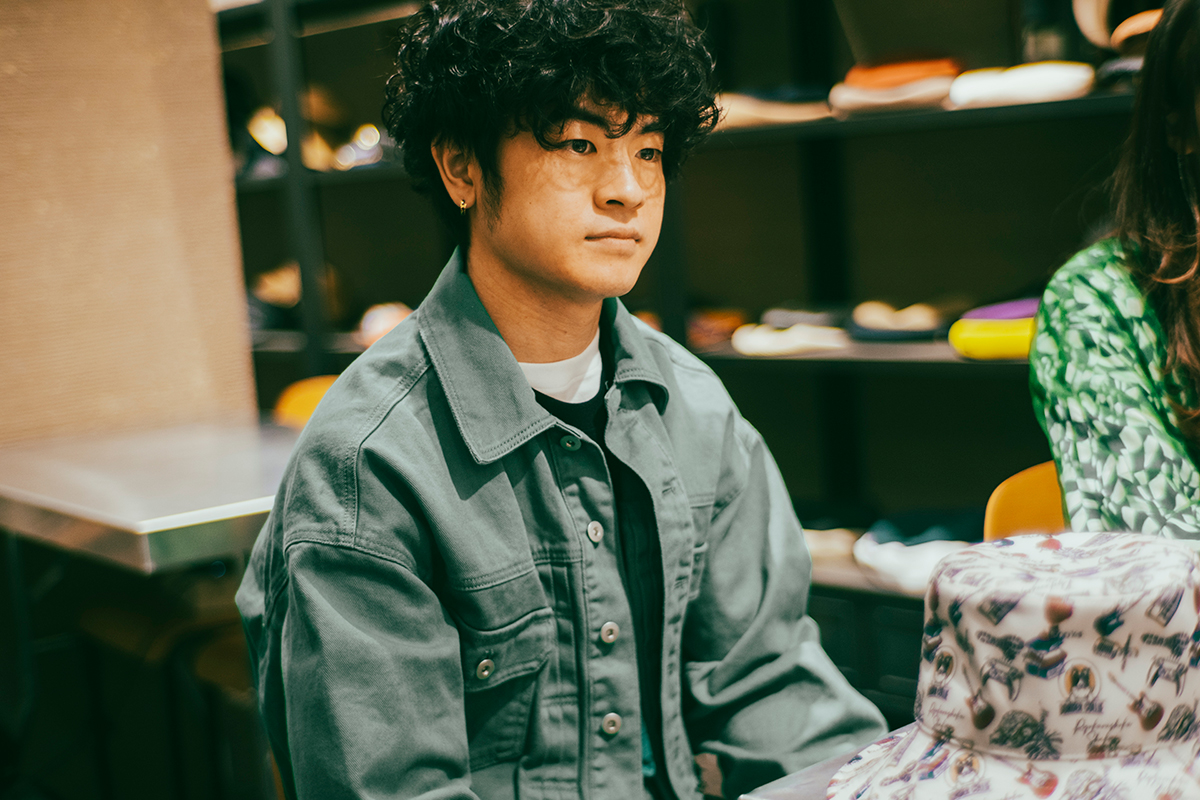
Even though we didn't have a meeting as a peppe band, each of us somehow had the mindset of "wanting to become a national presence," and through "Mela!", we were able to get a ticket to become "national." It's up to us to decide where we go from here, but having it or not makes a big difference, and I was happy to see a little bit of "nationalness."
Kobayashi: To put it another way, we didn't have a clear goal as a band.
Anami: If you have a clear goal, it ends when you achieve it. I think that's what I felt during Senkou Riot 2013.
Nagaya: It's true that if you achieve something like "performing at the Budokan," it's over, but being "national" doesn't have a goal; it's something that continues on forever. I see, I get it now.
"Mela!" is made up of four people who are intuitive, while Character is made up of four people who plan things. From now on, we can do both, and I feel that being able to experience both in a short span of time will lead to something in the future." (Nagaya)
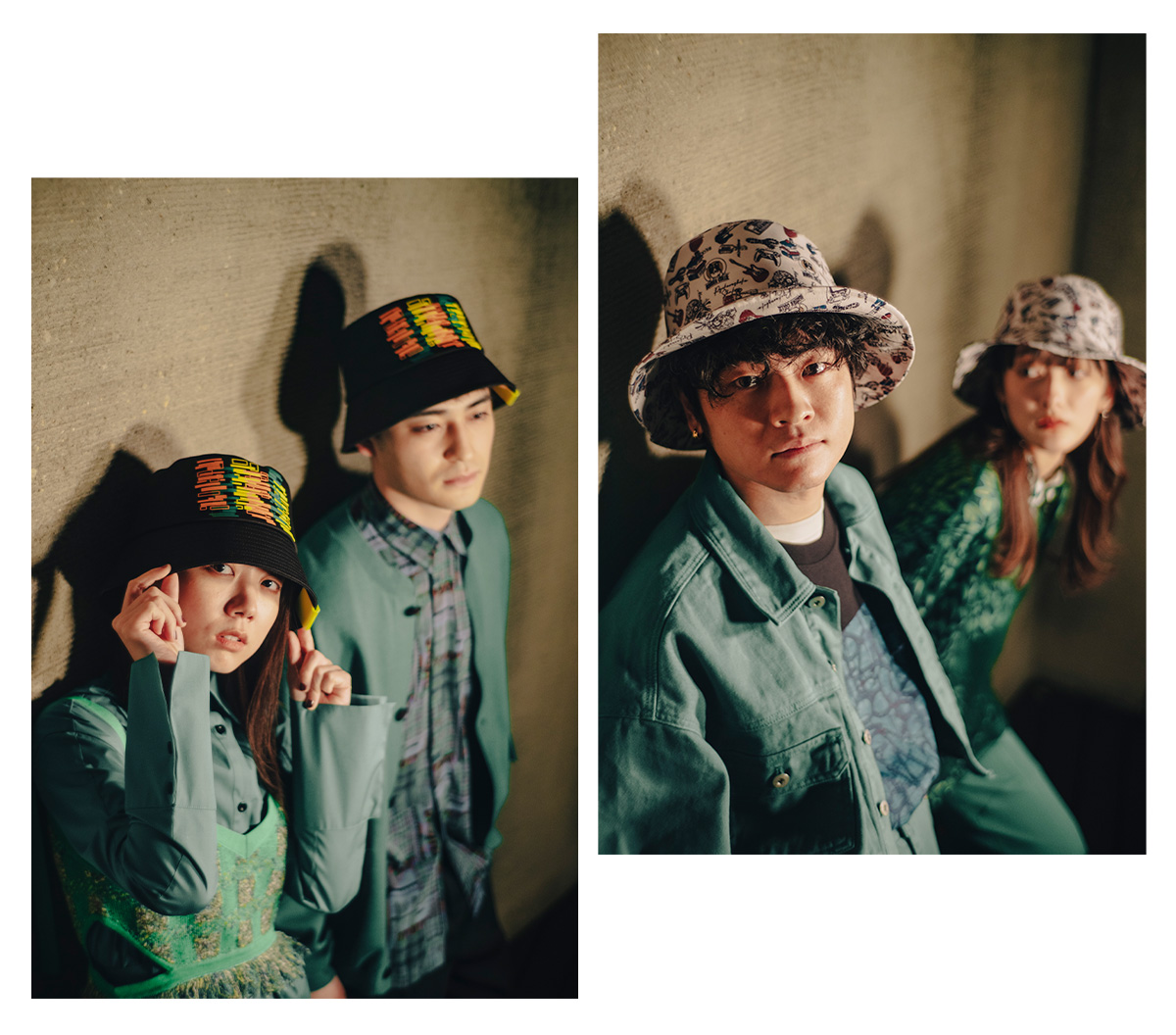
Nagaya: Writing lyrics was quite difficult. First of all, there was the pressure of "Mela!", and I wanted to make it better, and I didn't want to be "the guy from 'Mela!'". Also, "Mela!" had a clear theme, and there was the easy-to-understand word "hero", but then I got stuck on what to make the theme this time. So, this time the title "Actor" was decided first, so we expanded the theme from there and started moving forward, but Issei wrote the plot, I wrote the lyrics, and Issei wrote the lyrics again, so there were more steps than before.
Nagaya: I could see the theme of "It's okay to have various characters," and I started to move forward little by little, but I thought I couldn't say irresponsible words with this theme. Also, the rhythm was clear, so the message I wanted to convey and the words I could use didn't match, and that was difficult. Well, maybe I thought too much about it. Before, I started from "Let's just try it out," so that was very different.
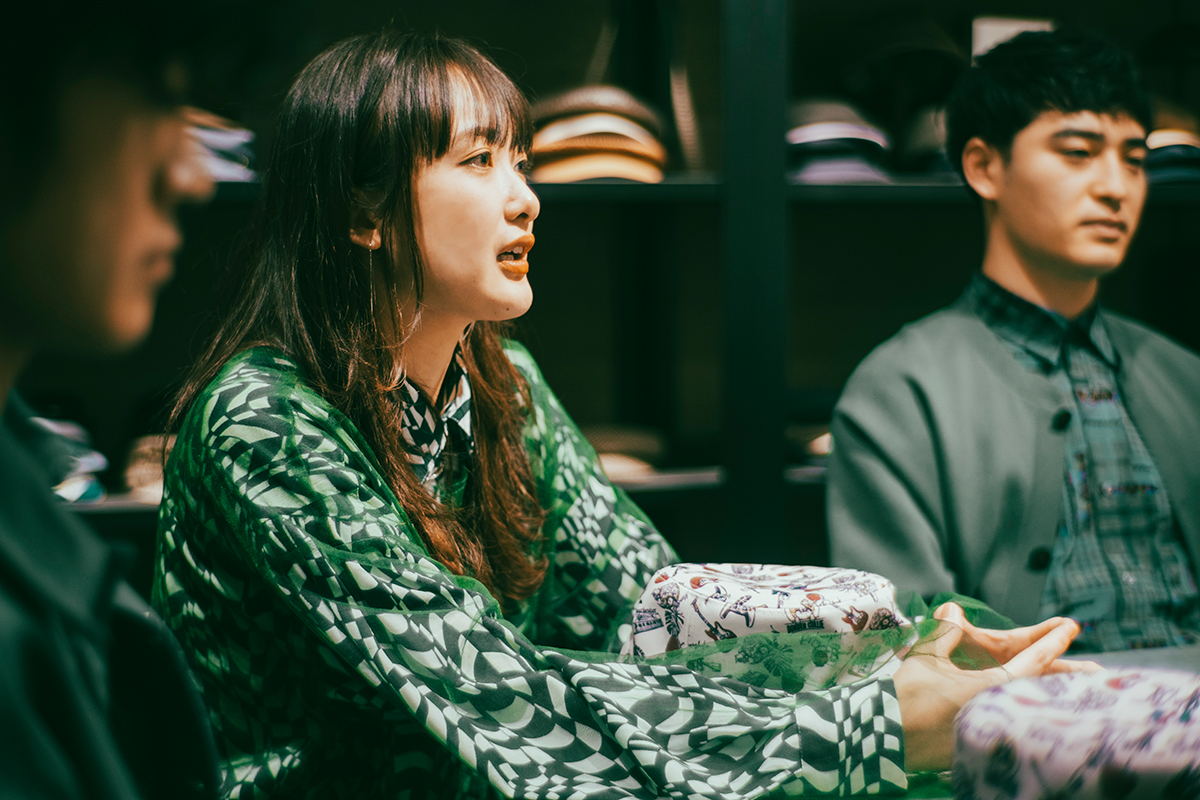
Peppe: There was definitely pressure, but we told each other, "First and foremost, we have to have fun making this," and the songwriting process itself was the same as with "Mela!"
Anami 's "Mela!" wasn't written with the idea that "I have a release coming up, so I'm going to write a song like this." It was more like, "I have some free time, so let's go into the studio and do something?", so I thought it was better to write it that way.
Nagaya: I'm glad we were able to do both. "Mela!" is made up of four people who are more intuitive, while "Character" is made up of four people who are more planned. From now on, we'll be able to do both, and I feel like the fact that we were able to experience these two things in such a short span will lead to something in the future.
"I'm sure there are many people around the world who are struggling with the same issues and can empathize with us, so we've come to the mindset that it's okay for us to continue making music," said Kobayashi.

Tenement houses have become increasingly socialized recently.
Peppe: I get told that a lot now...I'm not really aware of it though (laughs).
When we started the band, I didn't have anything I wanted to say, so I wondered, "Is this the right way to make music?" The musicians around me had something like conviction, but our only belief was "fun," so I thought it was shallow. But now I think, "That's it!" I think it's because our mindset changed that the four of us were able to work freely, and it's good that we're not trying to create a strange "our own style." Being free and unrestrained makes each of us even stronger, and I think that's great.
Nagaya: That's right. I think that's why we were comparing ourselves to others. Instead of trying to become like ourselves, we were trying to become someone else.
Kobayashi: I know it's a rather shallow problem, but I'm sure there are a lot of people around the world who have the same problem and can sympathize with us, so it gave us the mindset that it's okay for us to continue making music.
Nagaya: By performing songs with completely different characters, I hope to be able to have fun while conveying the message of "Actor" that "it's okay to be each of you" and "it's okay to be the way you are." It's difficult, but my goal is to be able to perform live with my mind completely empty.
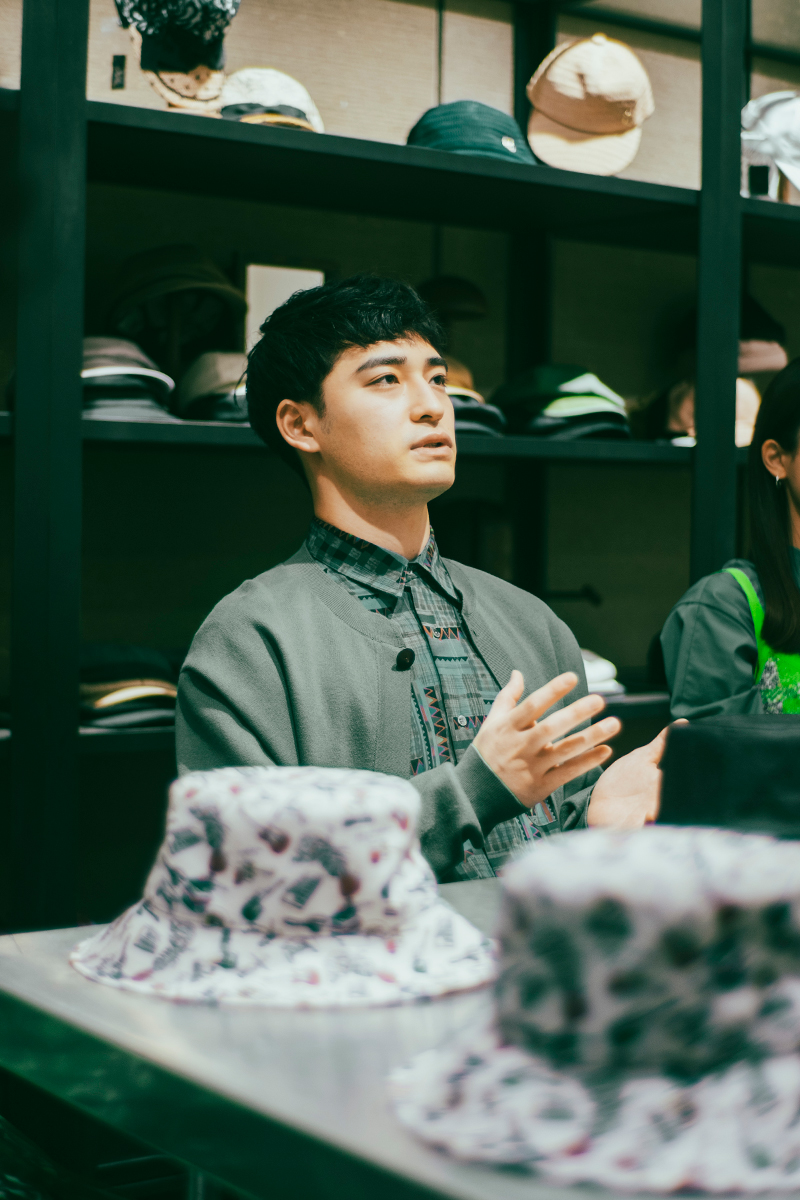
"The clothes you wear to a concert can change your mood, and your clothes can also change depending on who you're meeting, whether that be friends, someone you like, or family, so I hope you'll listen to music that matches your mood at the time." (Anami)
Nagaya: I really love hats, and because my face is so simple, wearing a hat gives it volume. Also, because my face is so simple, I realized that pretty much any hat would work, and wearing one can change the tension of the outfit, and the same outfit can look different, so it's an item that lets me easily change myself. Also, it makes me feel secure. I feel so secure when I have something on my head, and sometimes I feel embarrassed going out without a hat.
Anami Nagaya has been wearing hats and masks for a long time.
Nagaya: I've always been someone who has worn a mask even before COVID-19, so hats are not only stylish, but also a source of security.
peppeMy debut with CA4LA was a gift from Nagaya. That was the trigger that made me think that hats were great, and when I went to Kyoto, I suddenly wanted to wear a hat, so I searched for CA4LA and bought one.
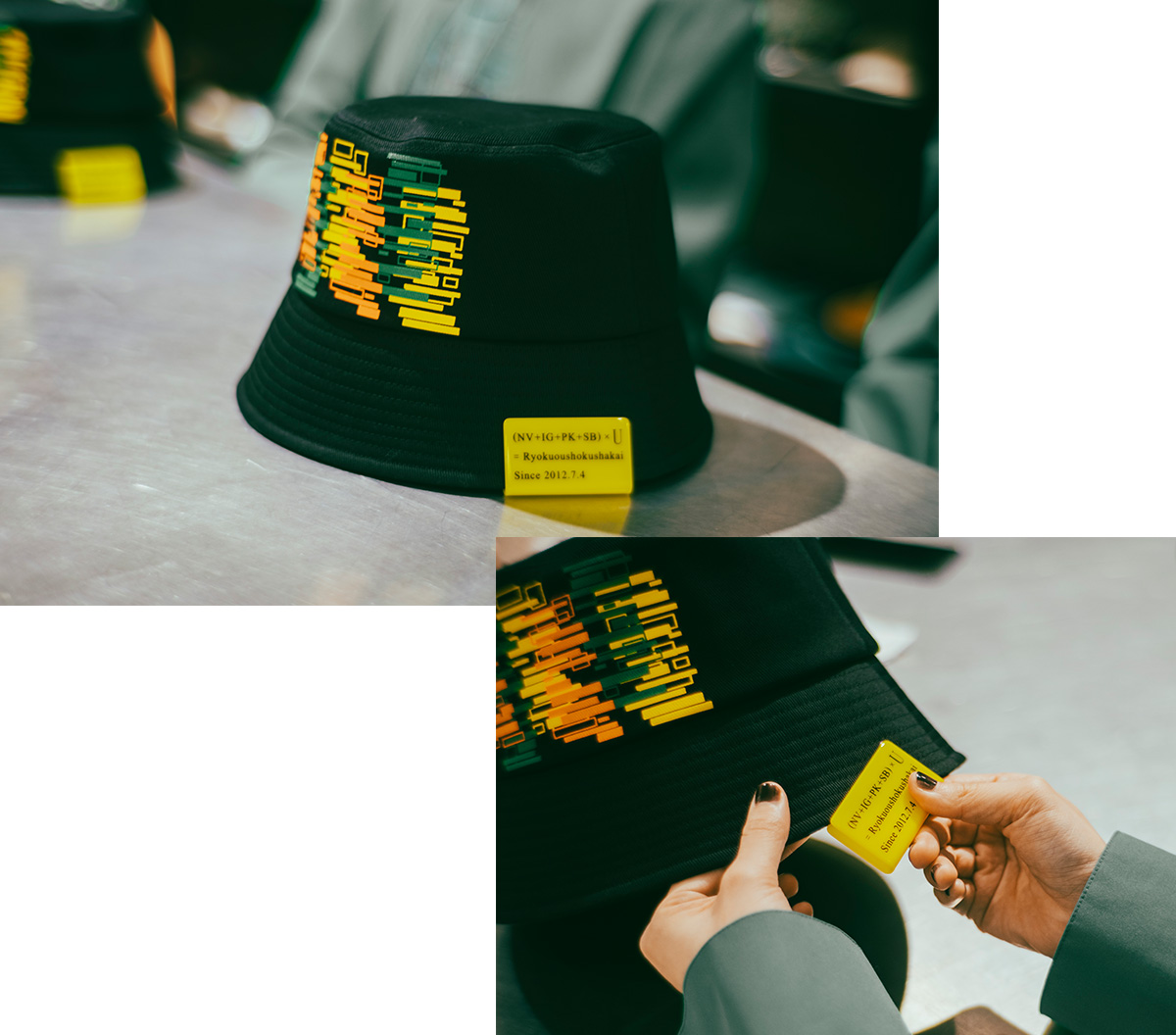
Kobayashi: There are times when you suddenly want to wear one. When I came to Tokyo, the first fan I had ever been called was from CA4LA, and I was so happy (laughs). Nagaya said that my face is simple, but I have a Joyfull forehead, so if I don't wear one, I'll look pitiful.
Anami: I usually wear one when I'm relaxed. Like a bucket hat or hunting. You don't have to set it up, so it's really convenient.
Nagaya Bakeha is trendy now, and anyone can wear it, so I thought it would be suitable for everyone. So I thought I might as well change the shape, and make one with a wide brim, one with a deep brim, one with a simple brim, and one with a playful design, so that people could choose.
Ever since I heard about the project, Peppe said he definitely wanted to create an all-over pattern.
I had the opportunity to look at Kobayashi CA4LA 's existing products and collected the best parts, like "Let's do this and that like this."
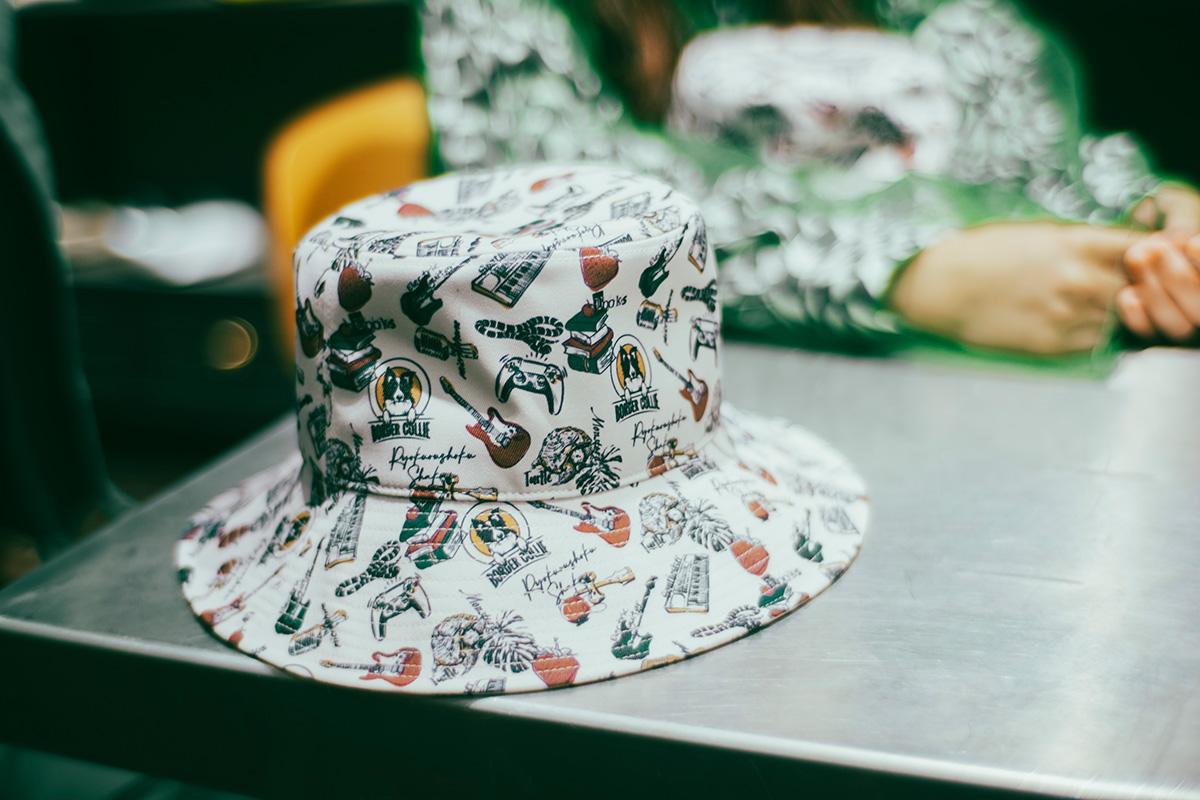
Nagaya Shingo has a Kendama, a game, and a bass guitar, I have a microphone, a strawberry, and a border collie, Issei has a snake, a turtle, and a guitar, and Peppe has a Monstera, a book, and a keyboard. There's no consistency at all (lol), but I wanted to make items that are original and that would make fans happy. Also, I thought it would be nice to have something that would make people who don't know Ryokushaka think, "Why a Kendama?"
It would also be great for hole-watching festivals.
Nagaya: For the black bucket hat, I wanted to give it a distinctive look without putting a logo on it, so I used the vitamin color green-yellow, which I think makes it easy for anyone to pick up. When I was shown CA4LA 's products, I asked them to make the tag. I thought it would be nice if it could be removed.
The first letters of Kobayashi 's name and the instrument he plays are combined with "U = you" to say that we are Ryokuoushoku Shakai. The date of formation is also written. This is also very good. I'm grateful because it makes my head look small.
Anami: That's true. I think your mood can change depending on the clothes you wear to a live performance, and your clothes can also change depending on who you're meeting, such as your friends, your crush, or your family, so I hope you'll listen to music that matches your mood at the time. So both are very important.
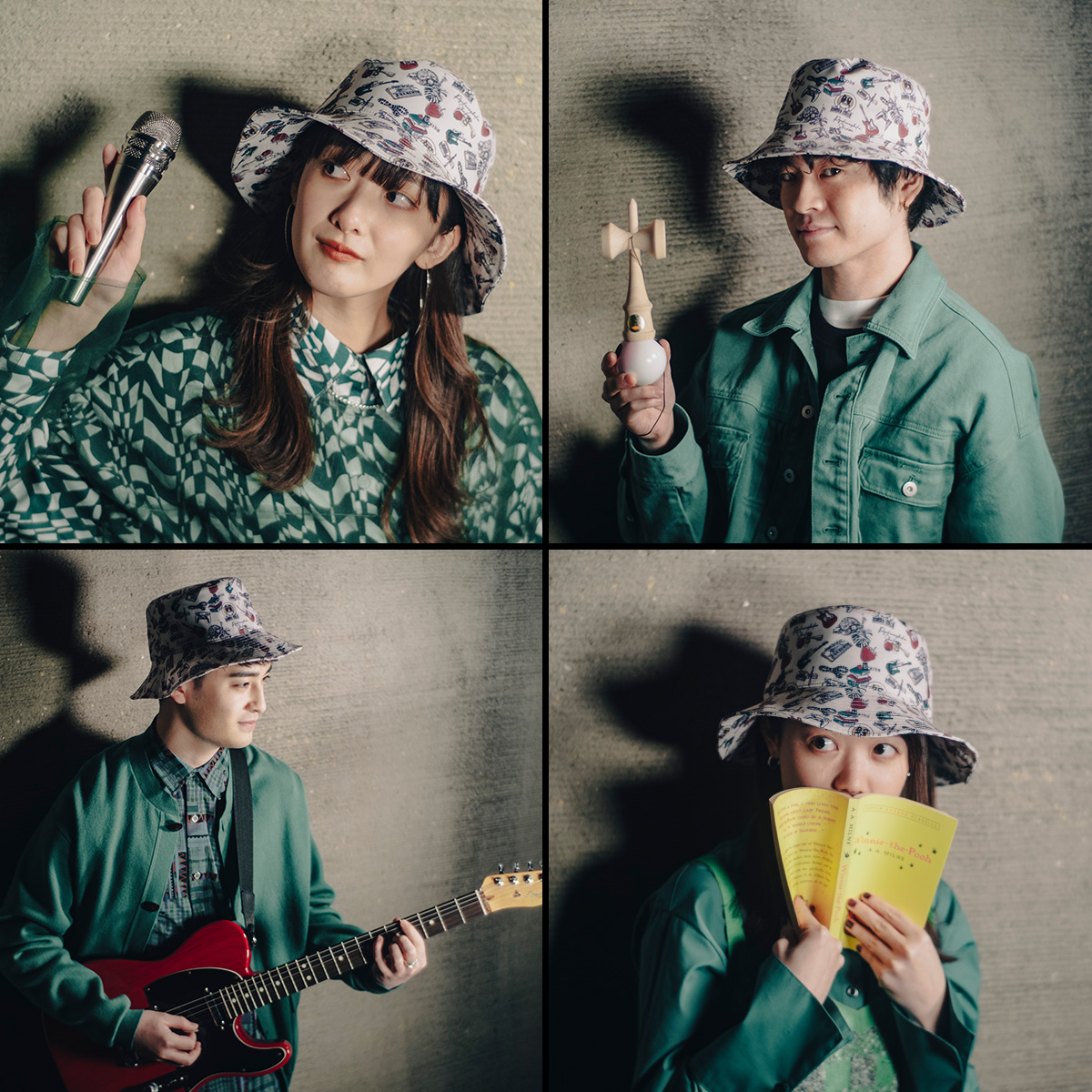
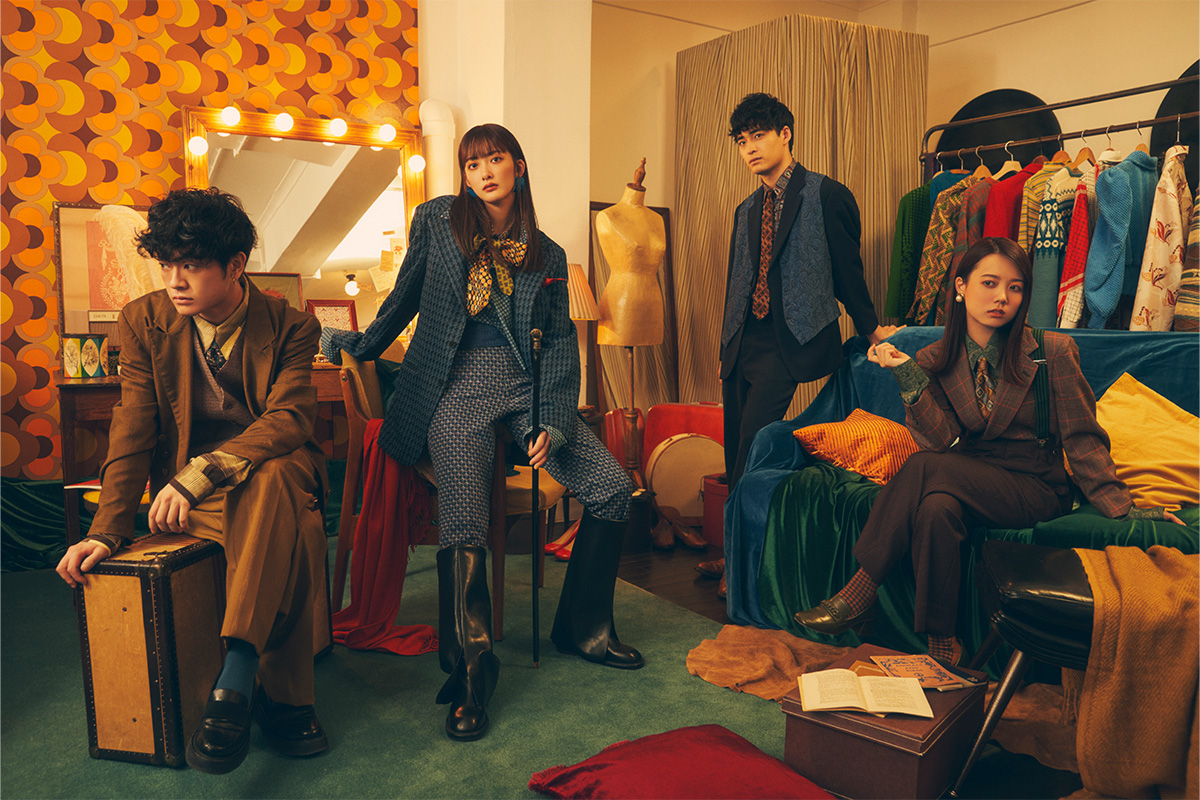
A four-piece band from Aichi Prefecture. Their nickname is "Ryokushaka."
The band was formed in 2012 by high school classmates (Nagaya Haruko, Kobayashi Issei, and Peppe) and Kobayashi's childhood friend Anami Shingo.
In 2013, the band began to take their activities into the forefront after coming second at Senkou Riot, a rock festival featuring only teenage artists.
In 2018, they released their first album, "Ryokuoushoku Shakai." Since then, they have made great strides, performing theme songs for movies, dramas, anime, and more.
In 2020, the album "SINGALONG" won first place in various charts. The lead song "Mela!" became a representative song with over 100 million streams.
In February 2021, she released her third single "Ketsusho", followed by the digital single "Tatabe Tatetabe" in March and the digital single "Zutto Zutto Zutto" in June. On August 25th, she released her fourth single "LITMUS", which includes the theme song for the TV Asahi Thursday drama "Emergency Interrogation Room", the theme song for the movie "Tom & Sawyer in the City", "Are You Ready", and the commercial song for "SEA BREEZE", "Kore ni Koto, Sorekara ni Koto".
The band has garnered a lot of support from their generation due to Haruko Nagaya's clear yet powerful singing voice, the variety of colors in their songs that comes from all members having different personalities and roots being involved in composing, and their pop sensibility.
HP | Twitter | Instagram | LINE | TikTok | Youtube
Ryokuoushoku Shakai National Hall Tour
「Actor tour 2022」
<2022>
3/20 (Sun) Gunma Beisia Culture Hall
March 21st (Monday, National Holiday) Sendai Sun Plaza Hall, Miyagi
March 25th (Fri) Asahikawa Civic Cultural Center, Large Hall, Hokkaido
3/27 (Sun) Sapporo Cultural Arts Theater, Hokkaido
4/1 (Fri) Hiroshima Aster Plaza Large Hall
4/3 (Sun) Okayama City Hall, Okayama
April 9th (Sat) Century Hall, Aichi
April 10th (Sun) Showa Women's University, Hitomi Memorial Hall, Tokyo
April 16th (Sat) Kanagawa Prefectural Hall
4/17 (Sun) Misato City Cultural Center, Saitama
Friday, April 22nd: Nagaragawa International Conference Center, Gifu
4/24 (Sun) Fukushima Kenshin Koriyama Cultural Center, Middle Hall
5/1 (Sun) Fukuoka Sunpalace Hall, Fukuoka
5/3 (Tues., National Holiday) Kagoshima, Kawasho Hall, Hall 2
5/7 (Sat) Osaka Festival Hall
5/8 (Sun) Osaka Festival Hall
May 15th (Sun) Hondanomori Hall, Ishikawa
5/28 (Sat) Niigata Terrsa, Niigata
June 4th (Sat) Ehime, Matsuyama City Community Center, Camellia Hall
6/6 (Mon) Kagawa, Rexxam Hall Small Hall
General ticket sales: March 5th (Sat) 10:00~
General ticket sales through ticket agencies: Pia, Lawson Ticket, ePlus, and others.

